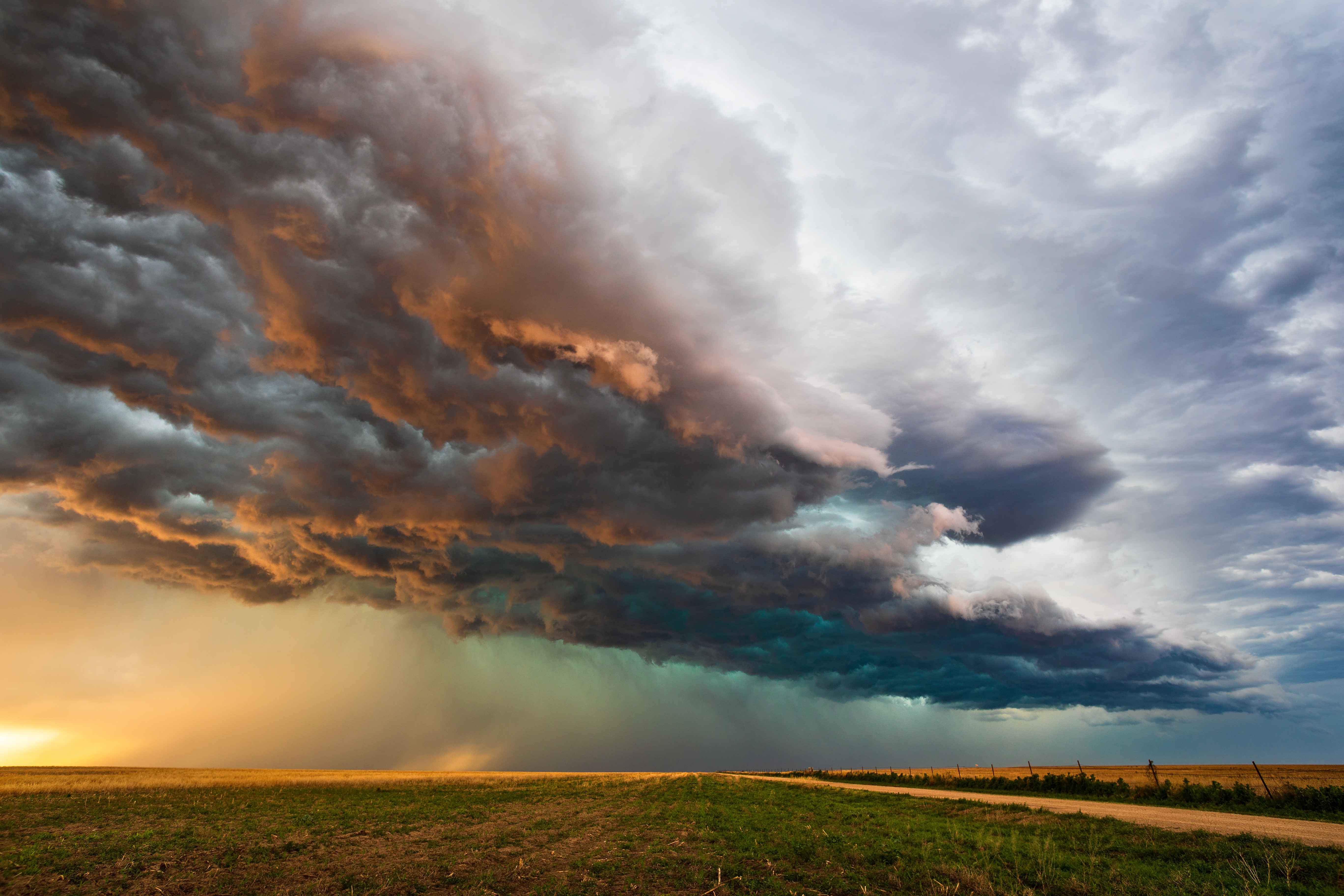
A Claims Perspective for Organizations on Tornado and Hail Season
As tornado and hail season approaches, it's important for organizations, including public entities, to be prepared and know how to handle the aftermath of these severe weather events. Understanding how to manage the risks and navigate the claims process is crucial to minimizing disruptions and ensuring a swift recovery. Here’s a guide to help organizations prepare for and respond to tornado and hail season.
The Impact of Tornado and Hail Season on Organizations
Tornadoes and hailstorms can cause damage to properties, disrupt operations, and pose risks to employee safety. The increasing frequency and intensity of storms make it essential for organizations to be prepared and know how to handle the aftermath effectively.
Before the Storm: Preparation is Key
- Review Your Insurance Coverage:
- Ensure your property insurance policy is up-to-date and provides adequate coverage for tornado and hail damage. Check for any exclusions or limitations and update your coverage if necessary.
- Develop a Continuity Plan:
- Create a plan that describes how your organization will continue operations during and after a severe weather event. This should include emergency contact information, backup locations, and procedures for protecting critical data and equipment.
- Conduct Regular Inspections:
- Regularly inspect your property to address any vulnerabilities. Ensure that roofs, windows, and other structural elements can withstand severe weather.
During the Storm: Ensuring Safety and Minimizing Damage
- Implement Safety Protocols:
- Ensure employees have knowledge of and follow safety protocols during a tornado or hailstorm. Designate safe areas within the building where employees can take shelter, such as basements or interior rooms on the lowest floor.
- Protect Critical Assets:
- Secure important documents, equipment, and inventory to minimize damage. Use protective coverings and move valuable items to safer locations if possible.
- Stay Informed:
- Keep a battery-powered weather radio or a smartphone with weather alerts to stay updated on the storm's progress. Follow the instructions of emergency services.
After the Storm: Taking the Right Steps
- Assess and Document the Damage:
- Once it is safe to do so, conduct an assessment of the damage to your property. Take photos and videos to document the damage.
- Contact Your Insurer:
- Report the damage to your insurance company as soon as possible to start the claims process. Provide them with all the necessary documentation and details about the damage.
- Avoid Scams:
- Be cautious of contractors who offer quick fixes at low prices. Verify their credentials and get multiple estimates before proceeding with repairs. It's important to work with reputable professionals to ensure quality repairs.
Tips for a Smooth Claims Process
- Prompt Inspection:
- Schedule an inspection with your insurance adjuster promptly to assess the extent of the damage. This will help expedite the claims process.
- Accurate Documentation:
- Ensure all damages are thoroughly documented with photos, videos, and detailed reports. Keep records of all communication with your insurer and contractors.
- Efficient Communication:
- Stay in touch with your insurance company and keep them informed about any developments. Clear and consistent communication can help resolve your claim more quickly.
Tornado and hail season can present significant challenges for organizations, but being prepared and knowing how to handle the aftermath can make a significant difference. By taking these proactive steps, you can ensure a smoother recovery and minimize disruptions to your operations. Stay safe and informed, and take action to protect your organization and your employees.
Learn how IPMG can help your organization by contacting us at info@ipmg.com.


